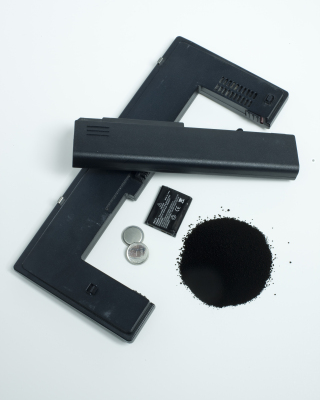The LITX50 carbon conductive additive has been introduced by Cabot. This additive is specifically designed for enhancing the energy and power of lithium-ion batteries that are used in high-end consumer electronics, hybrid and electric vehicles.
 Cabot's new LITX50(TM) conductive additive enhances the power and energy performance of lithium-ion batteries often used in electric and hybrid vehicles as well as high-end electronics such as laptops, smartphones, and tablets.
Cabot's new LITX50(TM) conductive additive enhances the power and energy performance of lithium-ion batteries often used in electric and hybrid vehicles as well as high-end electronics such as laptops, smartphones, and tablets.
According to Avicenne, an industry research firm, the sale of lithium-ion batteries in 2011 was calculated to be $8 billion and is expected to increase over $18 billion by 2020.
Fred von Gottberg, Cabot’s Vice President and General Manager of new business segment, stated that the new LITX conductive additive allows the company to support the makers of lithium-ion and car batteries, meet fuel economy challenges in the industry, and enhance the product performance at reduced cost. He added that this will help in the rapid growth of consumer electronics and energy-efficient vehicles.
When compared to other battery types, lithium-ion batteries have potential to accumulate more power and energy. This performance aspect is considered to be significant, as there is a demand for high-potential batteries used in electric vehicles, smartphones and tablets. The main challenge faced in the current battery design includes a number of factors like safety, cost, and energy and power usage.
The positive and negative layers of the lithium-ion batteries are formed by covering a metal foil with battery material layers. Thin layers supply more power, but have weak energy potential. Thick layers hold more energy, but provide less power. Hence, the addition of more layers to a high-power battery will give adequate driving range.
The new additive enhances the battery electrodes’ conductivity that allows for better power performance for high and thick energy layers. The additive’s properties increase efficiency and conductivity in the battery layers at cold and normal temperatures. The additive also promotes more coating of energy-dense layer, thus increasing the performance and minimizing the manufacturing cost.
Source: http://www.cabot-corp.com/